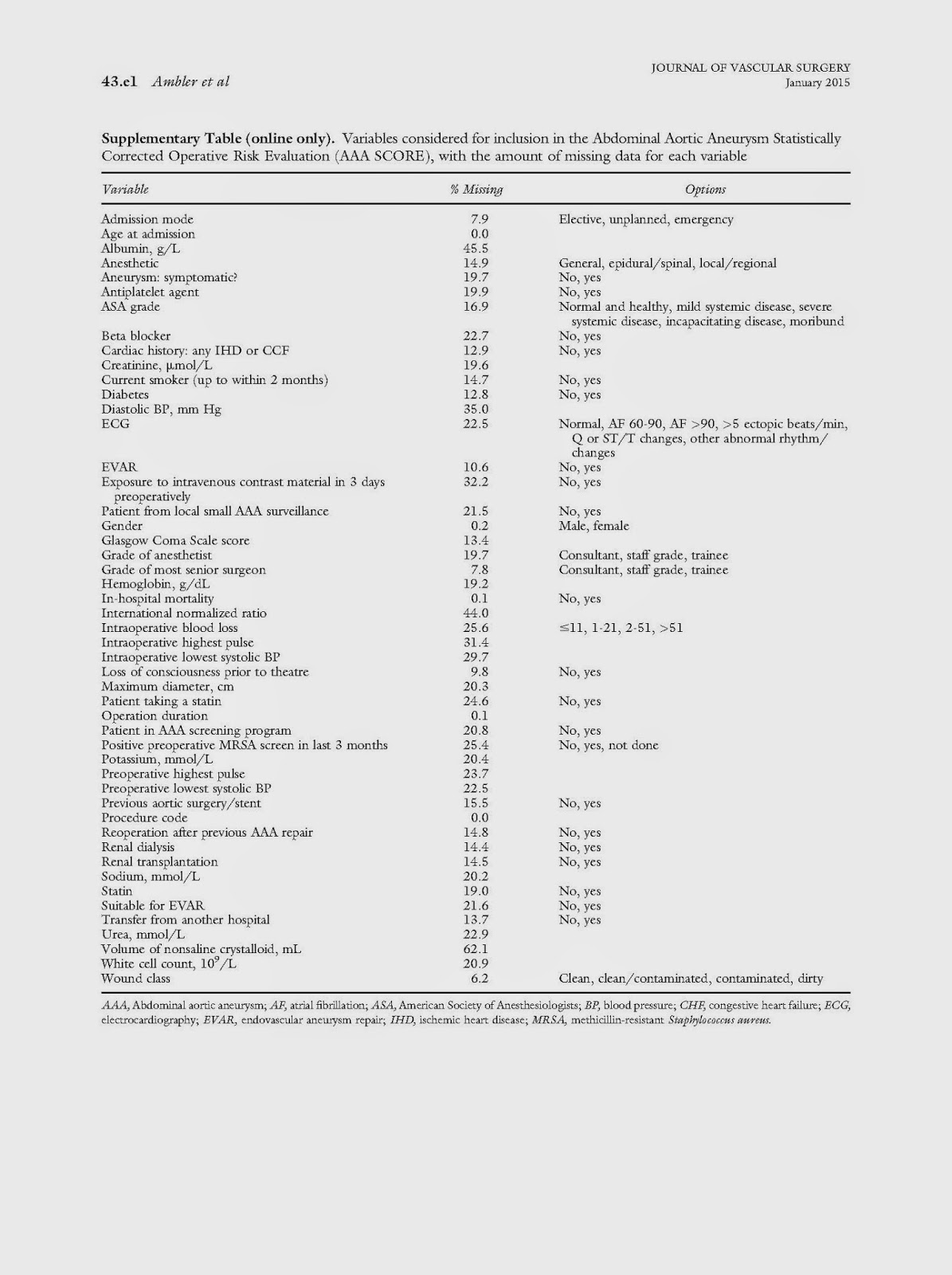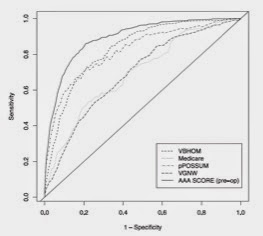ref. JVS 2015
Bone marrow aspirate injection for treatment of critical limb ischemia with comparison to patients undergoing high-risk bypass grafts
Kristina A. Giles, MD, Eva M. Rzucidlo, MD, Philip P. Goodney, MD, MS, Daniel B. Walsh, MD, Richard J. Powell, MD
outcome are really good ones, and certainly deserve trying in very high risk patients (like the guy I know about) ..



